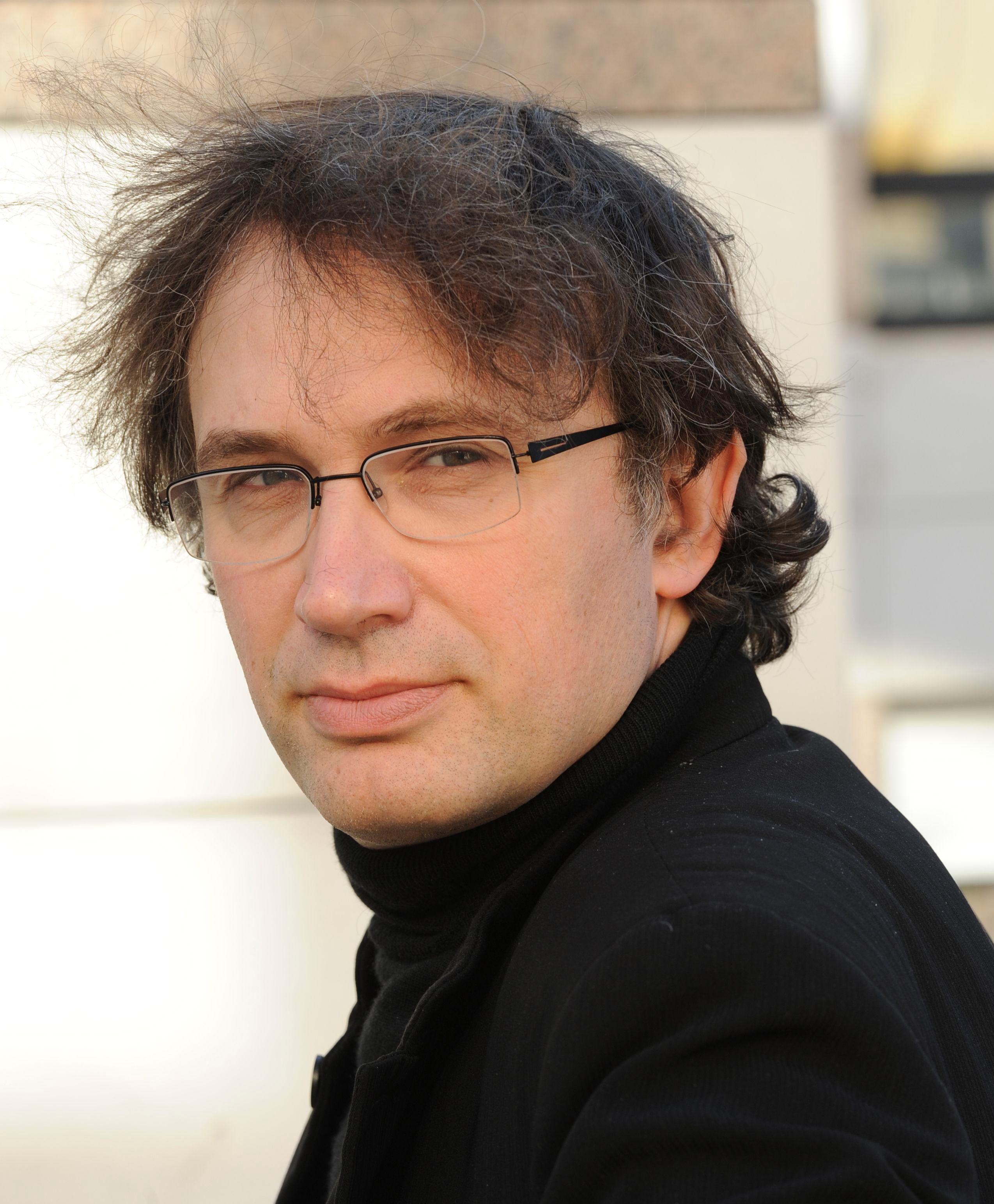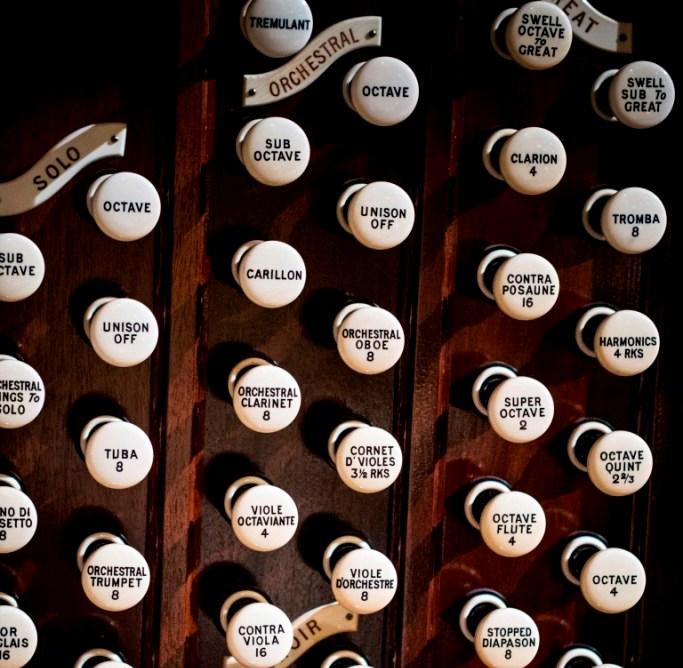It does not seem like 12 years since the organ in the Usher Hall was restored to full working order. That may be because, in the minds of many Edinburghers, the recent years of untroubled service are still eclipsed by the many decades in which Norman and Beard’s monumental instrument sat silent, reproaching the City Fathers for their parsimony. Another reason, of course, is that in common with most concert hall organs, it is only infrequently called upon by the standard orchestral repertoire to provide that magical extra ingredient in the ensemble.
Which made this concert by the Royal Scottish National Orchestra rather special, as it included not only the quirkily discordant organ concerto by Poulenc but also the rather more massive sonorities of the Third, "Organ" Symphony by Saint-Saëns. With the French organist Thierry Escaich (pictured below by Guy Vivien) at the console, the evening promised to be a treat for those lured by power and the seductive rumble of a 32-foot pedal stop.
 In the event, the overall effect was rather less overwhelming than might have been expected. The concert in fact opened with Les préludes, a purely orchestral piece by Liszt. Conductor Jun Märkl began with great poise, pulling together Liszt’s rather disparate material with precision and skill. But for all its colour and bombast, this is a somewhat soulless piece that needs a commitment beyond just the notes to make it sing.
In the event, the overall effect was rather less overwhelming than might have been expected. The concert in fact opened with Les préludes, a purely orchestral piece by Liszt. Conductor Jun Märkl began with great poise, pulling together Liszt’s rather disparate material with precision and skill. But for all its colour and bombast, this is a somewhat soulless piece that needs a commitment beyond just the notes to make it sing.
The Poulenc followed, the orchestra pared down to timpanist and strings. The concerto’s kaleidoscopic organ colours would test any instrument: one moment we have a brassy Bach toccata, the next a wheezy fairground organ, and then a quasi-religious chorale. Escaich did not disappoint us, producing a dazzling array of different sounds and textures, the huge ranks of original 1914 drawstops gliding in and out in endlessly changing combinations, thanks to a modern sequencing system.
There were moments of effortless grandeur, evanescent beauty, and sheer Poulenc mayhem. But there was something lacking. Was it simply volume? Joie de vivre? Maybe the Usher Hall is simply too civilised a space, with a well-behaved acoustic, for a piece whose gothic fantasies would work best in a huge cathedral dimly lit by candles.
This is one of the greatest and most popular works for organ and orchestra
After the interval, we were on solid romantic ground in the Saint-Saëns Third Symphony. For all that this is one of the greatest and most popular works for organ and orchestra, the organ’s contribution is somewhat predictable – a radiantly deep backcloth in the Adagio and great tub-thumping chords to propel the final movement to its conclusion. That’s not to say that there is anything wrong with predictable; in the case of the Adagio, Märkl and Escaich produced the loveliest of sounds, teasingly sensual harmonies reminding us that Saint-Saëns was also the composer of the world’s sexiest aria "Mon coeur s’ouvre à ta voix".
The purely orchestral movements had some zest for life, with burbling woodwinds and an unusual edgy sound from the lower strings, but the final peroration, for all the gathering momentum and swelling volume, seemed less successful. The late Carlo Curley, who championed this noble old instrument at a time when it could barely play for five minutes without a breakdown, once played a great chord and exclaimed “Feel how it moves the air!” The air certainly moved in the Saint-Saëns but it was strangely unengaging.















Add comment